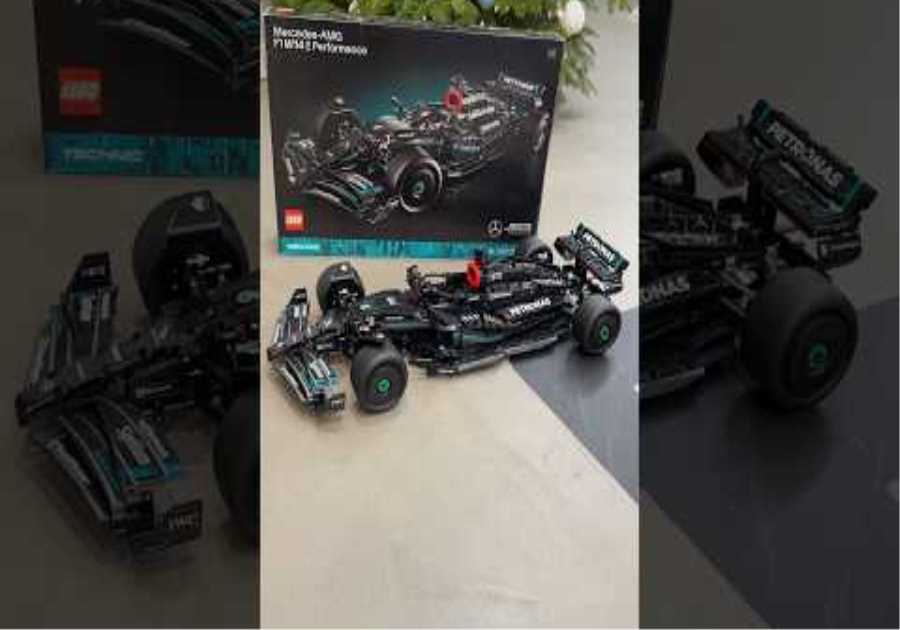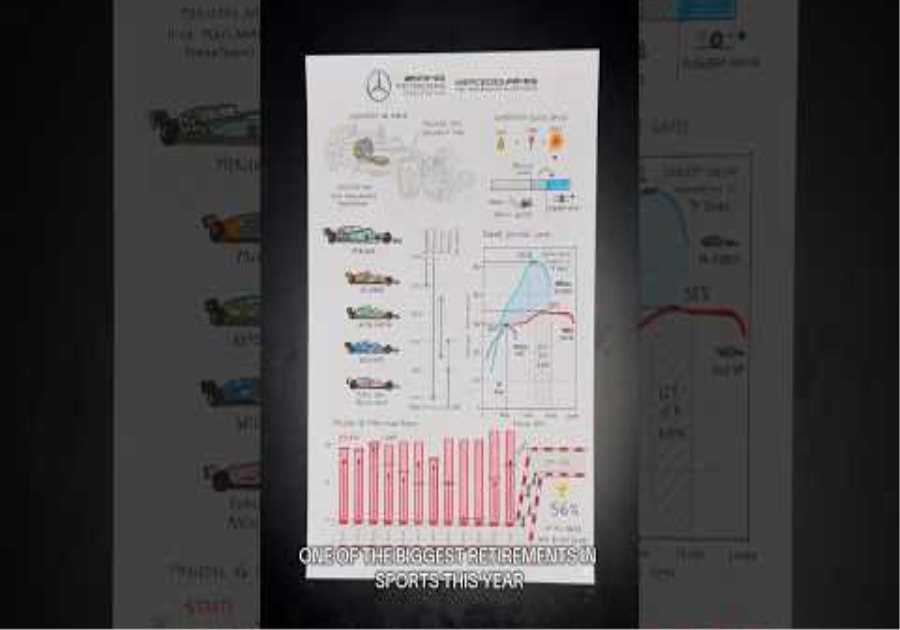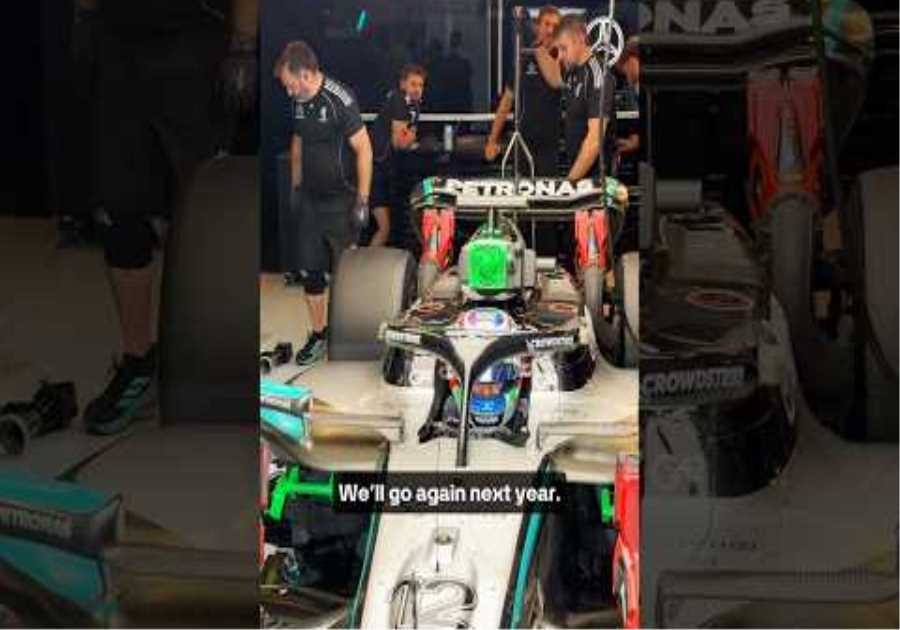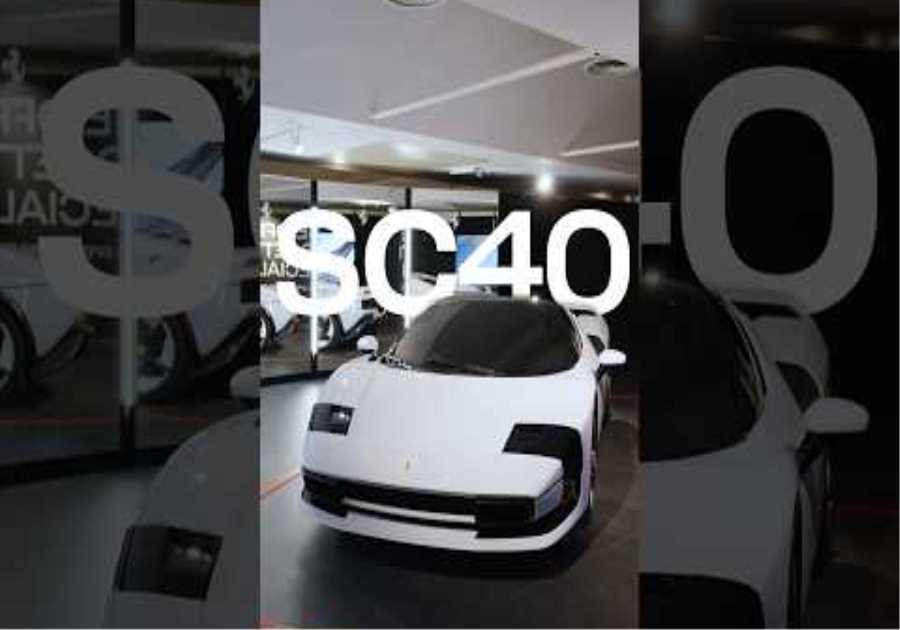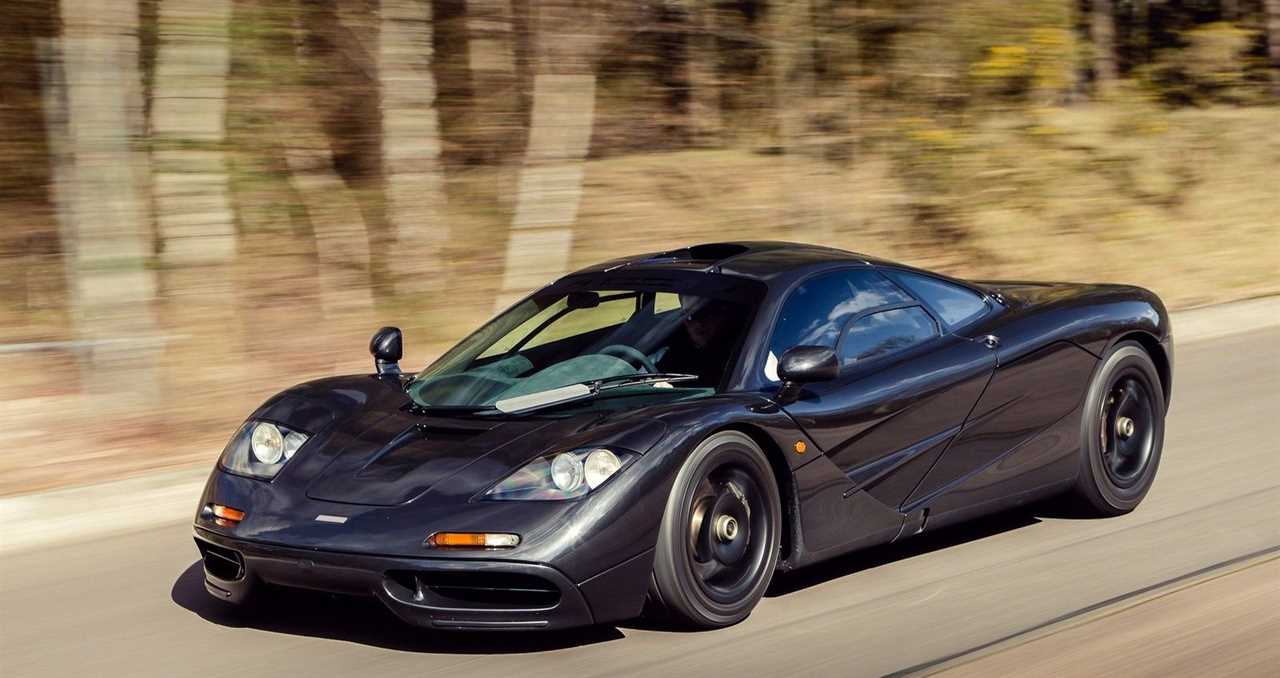
Some of the most important cars of all time include the Ford Model A, the Tesla Cybertruck, and the Pontiac GTO. These cars proved that there is so much more to a car than just being a mode of transport. However, these are not the only pivotal vehicles in automotive history. Carmakers have always set out to build the fastest, best-dressed, and featured-packed vehicles. The only way to accomplish this task was to innovate.
So, today we’ll be having a look at some of the most innovative sports cars ever built. From lightweight sports cars to revolutionary supercars, we’ve got it all for you. They might not have been monumental record-breakers like the Bugatti Veyron, but they might redefined what their segment is capable of.
10 Mazda MX-5 Miata

The Mazda Miata might not have been the first-ever lightweight sports car to hit the market, but it was the one that shook the world the most. Not only is the MX-5 Miata the best-selling convertible sports car of all time, but it’s one of the best sports cars a first-time buyer can get their hands on.

The public first laid their hands on the original NA Miata back in 1990, and since then there have been three other generations too, the NB, NC, and ND. All of the Miatas kept true to their roots. So, although they grew in power – and slightly in size – they have always been rear-wheel-drive, had a retractable roof as well as a naturally-aspirated engine, and came offered with a manual transmission. Above all, the Miata proved you don’t have to be a millionaire to get your hands on a fun sports car.
9 Tesla Roadster

Contrary to popular belief, the Roadster was Tesla’s first production car, not the Model S. The purpose of the all-electric sports car was to prove to the world that electric cars don’t just have to be boring commuter cars, they can be fun, attractive forms of enjoyment too. Environmentalists could get their hands on the Roadster between 2008 and 2012, but only approximately 2,500 units sold between those four years.

The Roadster was based on a Lotus Exige’s platform, so it could maneuver through twisty roads like a proper sports car. Also, since its electric motor generated up to 288 hp and 295 lb-ft of torque from its battery, it had adequate performance capabilities with a resulting 0-60 mph time of just 3.7 seconds – quicker than the Lexus IS 500 F-Sport super sedan.
8th McLaren F1

In case you have been living under a rock since the early ’90s, let’s get you up to speed on the McLaren F1. It encompassed a naturally-aspirated 6.1-liter BMW-built V12 engine which had to undergo an obscene amount of tests and upgrades to allow it to handle the 618 hp and 479 lb-ft of torque. The magic didn’t just lie in the over-engineered powertrain though, there is much more to the McLaren F1.

In 1998, a few years after its release to the public, the McLaren F1 shattered the production car top speed record with a clocked-in number of 243 mph. Since then, there have been cars that crushed the record, but there has never been a naturally aspirated one to do so. The McLaren F1 holds that record to this date.
7 Lamborghini Miura

In 1966 the world’s first supercar was born, the Lamborghini Miura. It carried a naturally-aspirated 3.9-liter V12 engine under its hood that was good for 345 hp. That was only the base model P400’s power output. Eventually, the V12 managed to squeeze out 380 hp in the P400 SV. So far, all of this sounds rather mundane, especially when compared to modern-day Lamborghinis, but keep in mind, this was the late ’60s.

In 1970, the Lamborghini Miura SV set the world record for the fastest production car with a speed of 179.3 mph. It took the title from the legendary Ferrari 365 GTB/ Daytona
6 Mitsubishi 3000GT VR4

The Mitsubishi 3000GT VR4 was way ahead of its time. It made use of a remarkable all-wheel-drive system, had a variable-sounding exhaust, adaptive dampers, and active aerodynamic components. In retrospect, the 3000GT VR4 paved the way for cars to come after it and put shame on those much more expensive than it, like the Acura NSX.

On top of all that, there was its unique twin-turbocharged 3.0-liter V6 engine. This powertrain produced 320 hp and 314 lb-ft of torque and could rocket the 3,800-lb Japanese sports car to 60 mph from a dig in just 4.9 seconds.
5 BMW 2002 Turbo

The 2002 Turbo wasn’t just BMW’s first-ever turbocharged production car, but it was also the first emerge from European soil. Underneath the short hood of the 2002 Turbo hid a 2.0-liter turbocharged four-cylinder engine that emitted just 168 hp and 177 lb-ft of torque.

Although it didn’t come loaded with an obscene amount of power, the 2002 Turbo weighed fewer than 2,400 lbs. As a result, the little 2002 was an absolute weapon on track and could tackle tight turns much like the Toyota GR Corolla.
4 Porsche 911

The Porsche 911 has been the staple sports car (or perhaps even supercar) for the wealthy. It embodies the perfect balance between hardcore race car and luxury grand tourer. Sure, we all are used to the 911 being a spectacular car nowadays, but it’s all thanks to the first-ever 911 built.

The Porsche 911 took its first gasp of air in 1964, and since then has gone through seven other generations, the 922-generation being the most recent. The first few 911s ever built had a naturally-aspirated 2.0-liter flat-six mounted at the back which developed just 130 hp. To this day, these German sports cars remain the standard of the high-end sports car segment.
3 Pagani Zonda

As the saying goes, if it ain’t broke, don’t fix it. This piece of literature applies to both the aforementioned Porsche 911, as well as the Pagani Zonda – let’s explain. The C12 Zonda was first unveiled to the world back in 1999, and since then Pagani has followed the exact same recipe for all of its predecessors, even with their latest supercar called the Utopia.

The original Zonda’s recipe was simple: gargantuan naturally-aspirated V12 engine, bug-like inspired design language, and a lightweight, carbon-fiber structure. The only remarkable difference on paper between all of Pagani’s products is its power output. The Zonda’s Mercedes-derived 6.0-liter V12 first produced 395 hp but eventually grew to 789 hp with the Zonda HP Barchetta’s existence.
2 dodge viper

Some argue that the Dodge Viper was one of the last intimidating cars to drive. It had a diabolical 8.0-liter V10 snarling underneath its hood, and with that came 400 hp and 465 lb-ft of torque. Do keep in mind however that safety was never one of Dodge’s priorities… no wonder people consider the Viper to be one of the most dangerous cars ever.

There was no traction control, no stability control, it even lacked ABS. So, you can imagine a 400 hp, lightweight, front-engined, rear-wheel-drive muscle car on steroids that was only offered with a manual transmission caused some people a bit of terror. The success of the Viper also led to other carmakers building their own V10-powered death traps, such as the infamous Porsche Carrera GT.
1 Honda Integra Type R

The Hond Integra Type R was one of the very few cars that proved front-wheel-drive cars can be just as fun as rear-wheel-drive ones. The fun factor the Integra supplied its driver with was mostly due to the limited-slip differential, high engine redline, as well as its slick 5-speed manual transmission.

All of these components worked together in harmony to allow the Integra Type R to reach 60 mph in just over 6 seconds. It might not have been able to keep up with supercars at the time like the R33 Nissan GT-R in a straight line, but around the bends, the Acura gripped like there was no tomorrow. The success and appreciation of the Integra Type R evidently led to other Type R models’ existence. So, in a way, we have the Integra to thank for latest the Honda Civic Type R.

